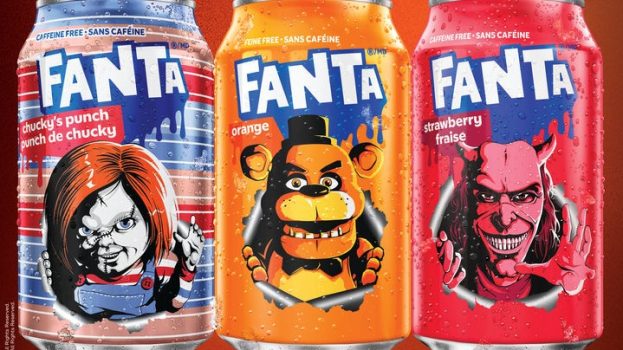When Toronto city councillors turned a motion to eliminate the plastic shopping-bag fee into a surprise bag ban, strategy wanted to see if there was a shopper marketing silver lining to Torontonians’ impending bin liner shortage. We asked DDB’s shopper marketing expert Jason Dubroy to blue-sky some alternate bag scenarios that could carry some in-store promotional mileage for retailers and brands.
By Jason Dubroy
Dear Toronto retailers: the plastic bag ban isn’t all doom and gloom. Turn it into an opportunity and bring new meaning to “paper-bagging it.”
After all the recently announced court challenges are over, and following the media hoopla after the bags are banned next New Year’s day, it’ll be interesting to watch the evolution of the simple paper bag as a shopper marketing vehicle along the entire path to purchase.
Create a pre-shop fix:
Carts will no longer be relegated to the lil’ old lady stereotype. You can see it now, trendy downtown stores will be carrying one-of-a-kind, pimped out versions of the simple wheeled hand-pulled grocery cart, while uber-stroller designer Stokke should take up manufacturing panniers for their baby buggies.
Offer in-store solutions:
Simply put, paper bags are sturdier to print on than thin plastic ones. Retailers have an opportunity to turn bags into a promotional vehicle. Why not try a stickered approach with peel ‘n’ reveal instant-win panels for dollars off groceries at the checkout?
Further, paper bags don’t need to look like paper bags – it’ll be interesting to see the renaissance in bag design as boutiques and retailers push the limits of the bylaw using different laminates for gloss and waterproofing. Many stores, including upscale grocery store McEwan, are already using high-end and super sturdy paper bags, while others eschew paper and plastic for materials like cotton, canvas or jute. There is a market void in low-cost plastic bag alternatives for retailers, so it’s a perfect opportunity for a manufacturer to come in with a solution. The first people out of the gate could corner the Toronto market.
What there hasn’t been a lot of talk of is how retailers will subsidize the replacement bags. There may be scenarios where some retailers may not provide any bags at all. This is the only thing that may negatively impact shopping behaviour: impulse quick trips (and even stock-up trips) could be averted if shoppers remember they don’t have bags. If your competition takes this stance, make sure your messaging is loud and clear about the bags you do provide, potentially nabbing some customers in your competitor’s foible.
Use the paper bag to brand outside the store:
It’ll be interesting to see how retailers and manufacturers use the bags’ real estate. Conventional plastic bags have a tendency to rip and shred and never hold their shape, making it difficult to tell a Loblaws from a Longo’s. Paper bags could provide opportunities to introduce augmented reality markers, QR codes, hashtags and even recipes right on the bag. This could even be a source of revenue for the retailer.
Finally, paper bags are a great opportunity to maintain loyalty by printing coupons on them, encouraging another trip to the grocery store. The key here will be to logistically forward-date the bags so shoppers don’t take them from the check-outs before they start their shops.
In every challenge there are opportunities. Brands and retailers have a chance to offer a solution to Toronto consumers, or failing that, offer a great engagement platform beyond the traditional plastic bags. And final food for thought – it could be worse: next month Seattle city council will give their residents the double whammy: they banned all plastic bags and are charging a five cent tax on paper.
Jason Dubroy is VP managing director, shopper marketing, DDB
























